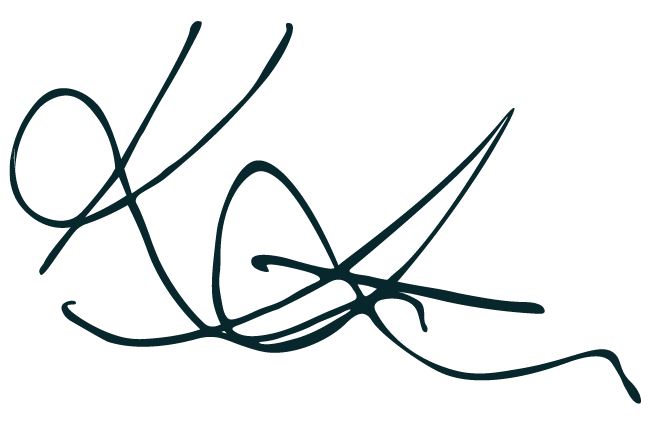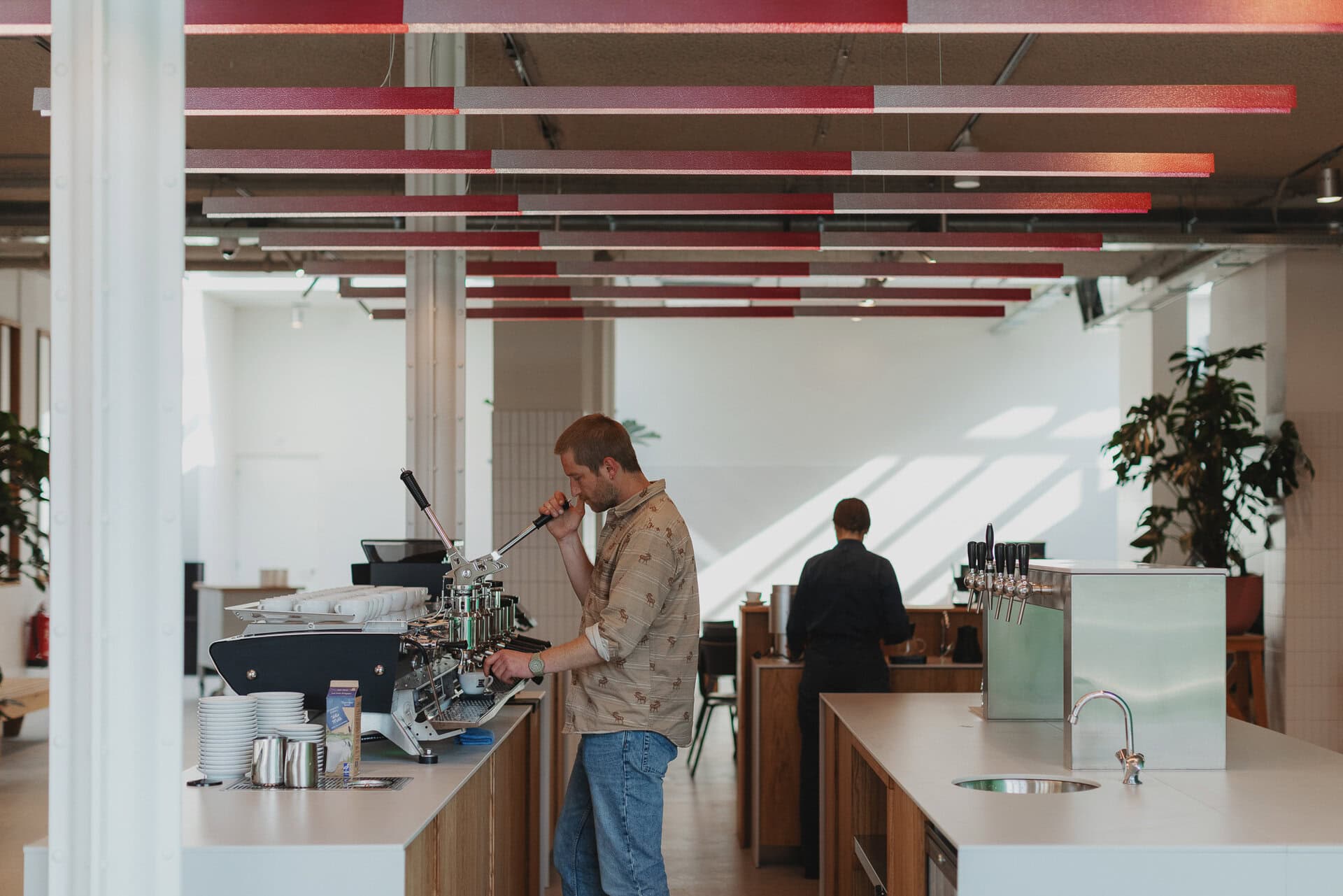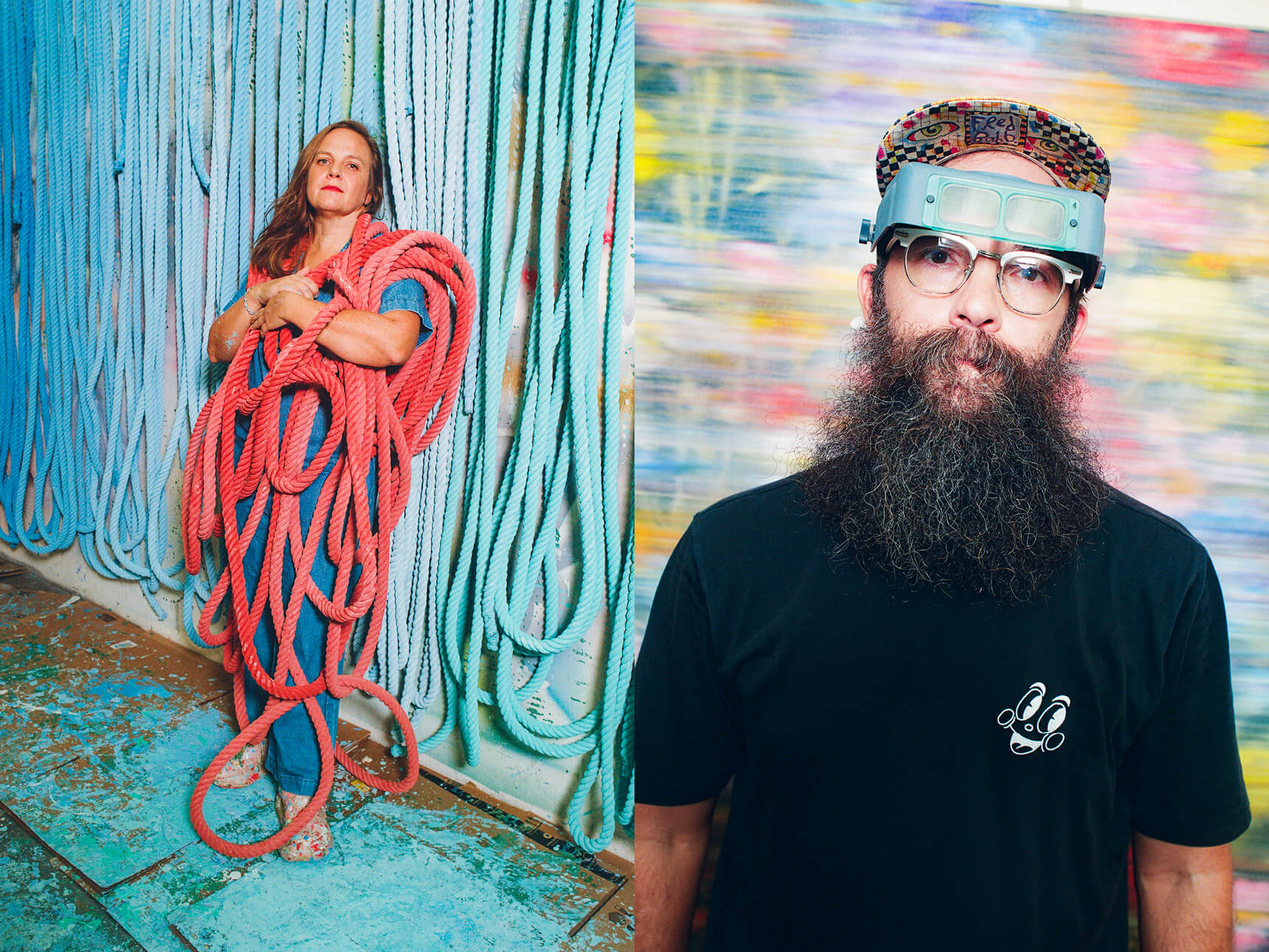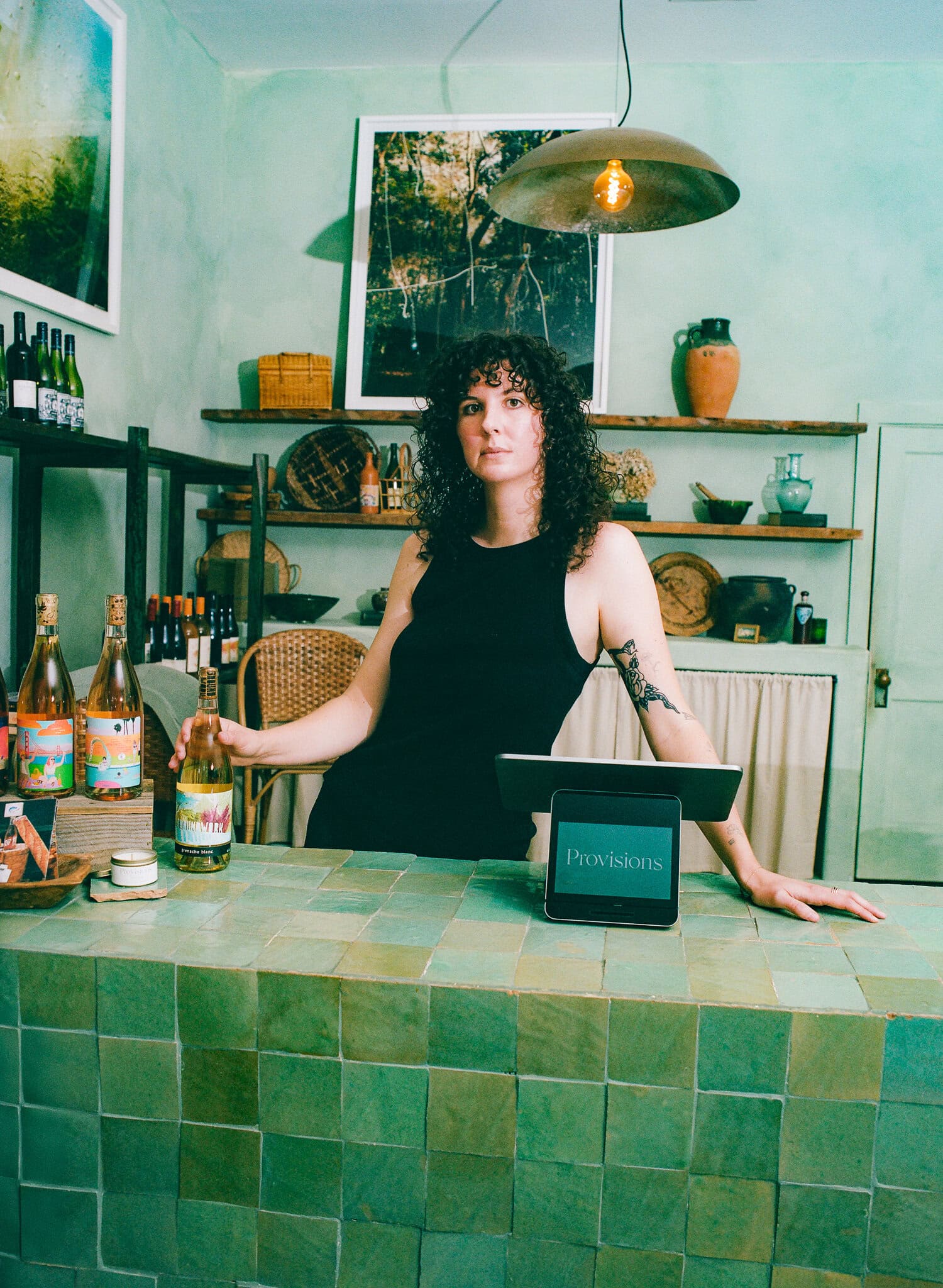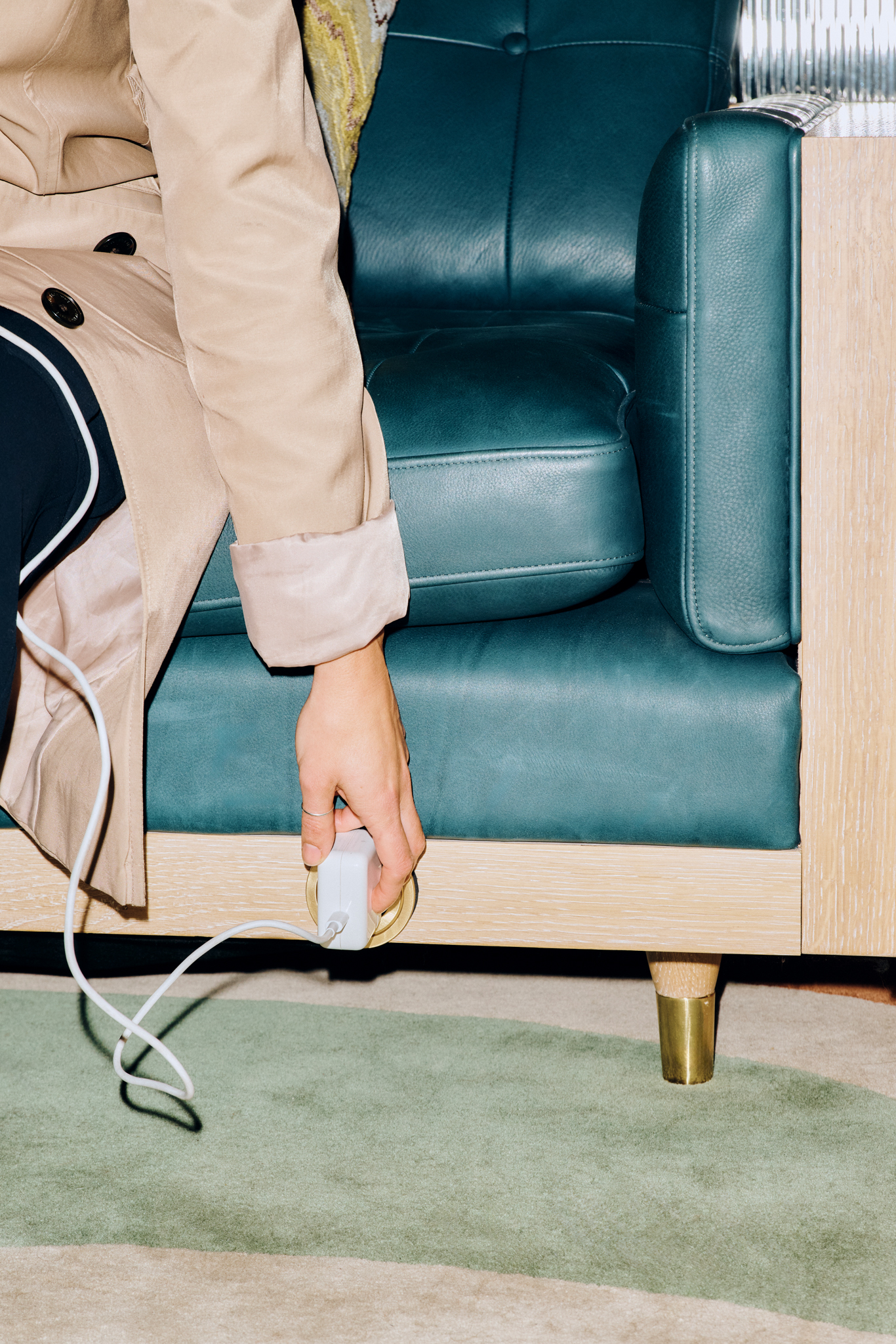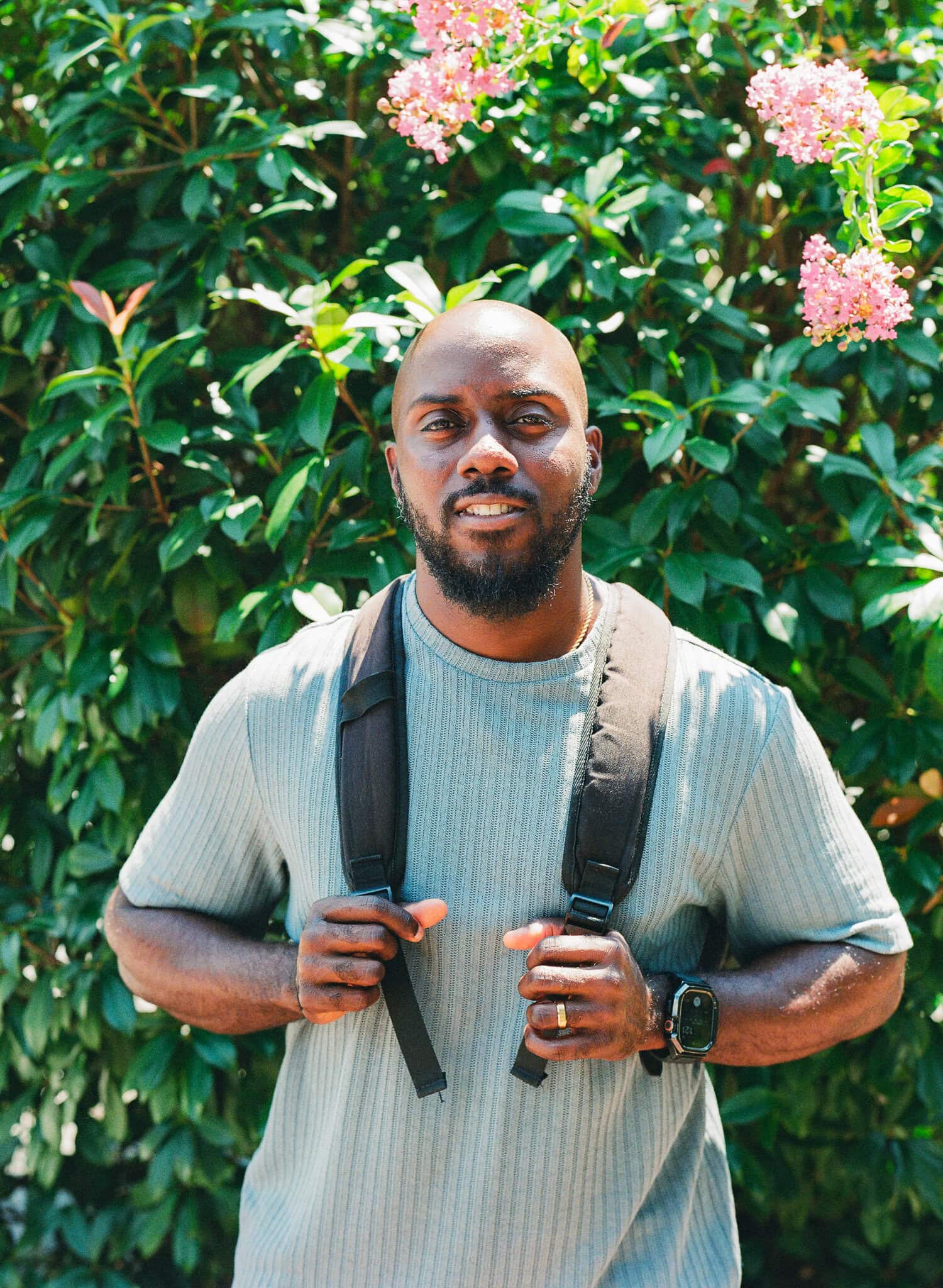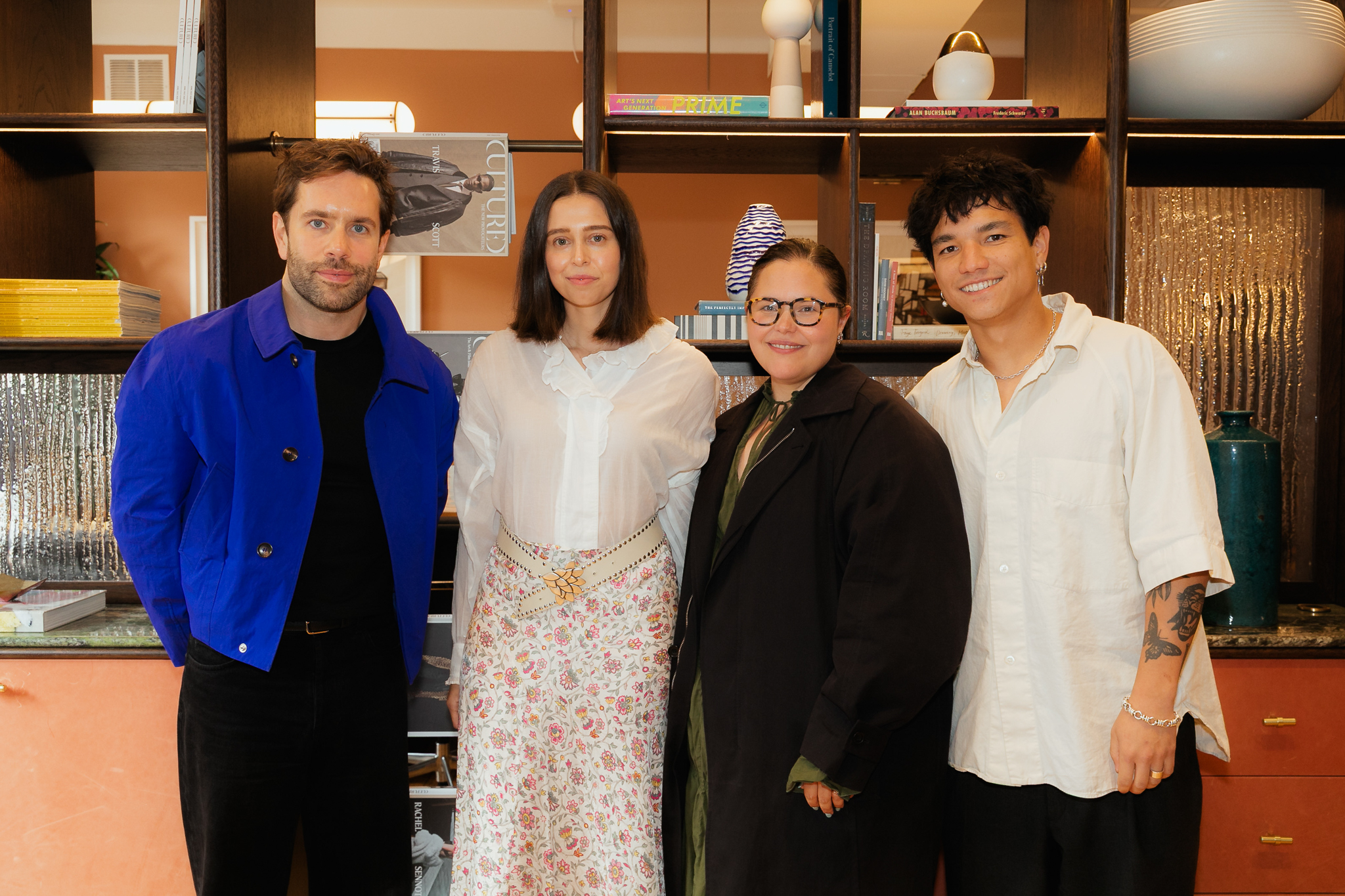
Amidst the hustle and bustle of NYCxDESIGN Week, some of the most talented brand builders in the game met at The Malin in Soho to discuss exactly what is working — and what’s not — in the world of brand worlds.
On an unexpectedly lovely day in New York City, Emma Apple Chozick, founder of NYC-based creative consultancy gr8 collab, brought in a panel of industry experts to chat about the state of brand world-building, including Alex Tan, Co-Founder and Creative Strategy Director of MOUTHWASH Studio, Michael Scanlon, Chief Creative Officer of Chandelier Creative, and Sarah Di Domenico, Co-Founder and Creative Director of Wedge.
The conversation kicked off with a semantic comparison between brand worlds and brand identities, as Chozick asked her panelists to get specific with examples across types of touchpoints, digital and physical. “Identity and world, I think it’s all one in the same,” remarked Di Domenico, who went on to elaborate that it’s less about the colors and logos and basic items in a design toolbox, but more about the heartbeat and the soul of a company. Scanlon agreed, citing his experience creating Hailey Bieber’s Rhode and the way the photography, color palette, and voice work in concert to evoke joy and confidence through minimalism. Tan took it a step further, bringing up the feeling and depth associated with a brand world. “The difference between identity and world building is that identity is physical and world building is emotional,” he said.
As Tan, Di Domenico, and Scanlon and their teams are in charge of creating these brand worlds, Chozick, like the rest of the audience, was curious to hear about instances when these ornate and thorough creative entities become diluted by their keepers. Scanlon recalled his experience the night prior, when he attended one of his client’s launch parties after years of working behind the scenes. “This is not the story. This is not the concept!” he exclaimed, saddened by the flattening of his original vision.
Di Domenico reminded us that there’s no playbook when it comes to these events — and brand building in general. Instead of focusing on events and the glamorous elements of being a founder, she tells her clients to really focus on nailing down their core offering. “What’s your Air Jordan?” she often asks. She goes on to give a piece of advice to anyone in the audience who’s looking to bring on a creative firm, which is to really reflect on the pieces of creative that are going to be the most necessary in order to maintain the brand’s integrity. These agencies all agree that they’re happy to go above and beyond the outlined deliverables in order to do the most important thing for their clients — surprise and delight.
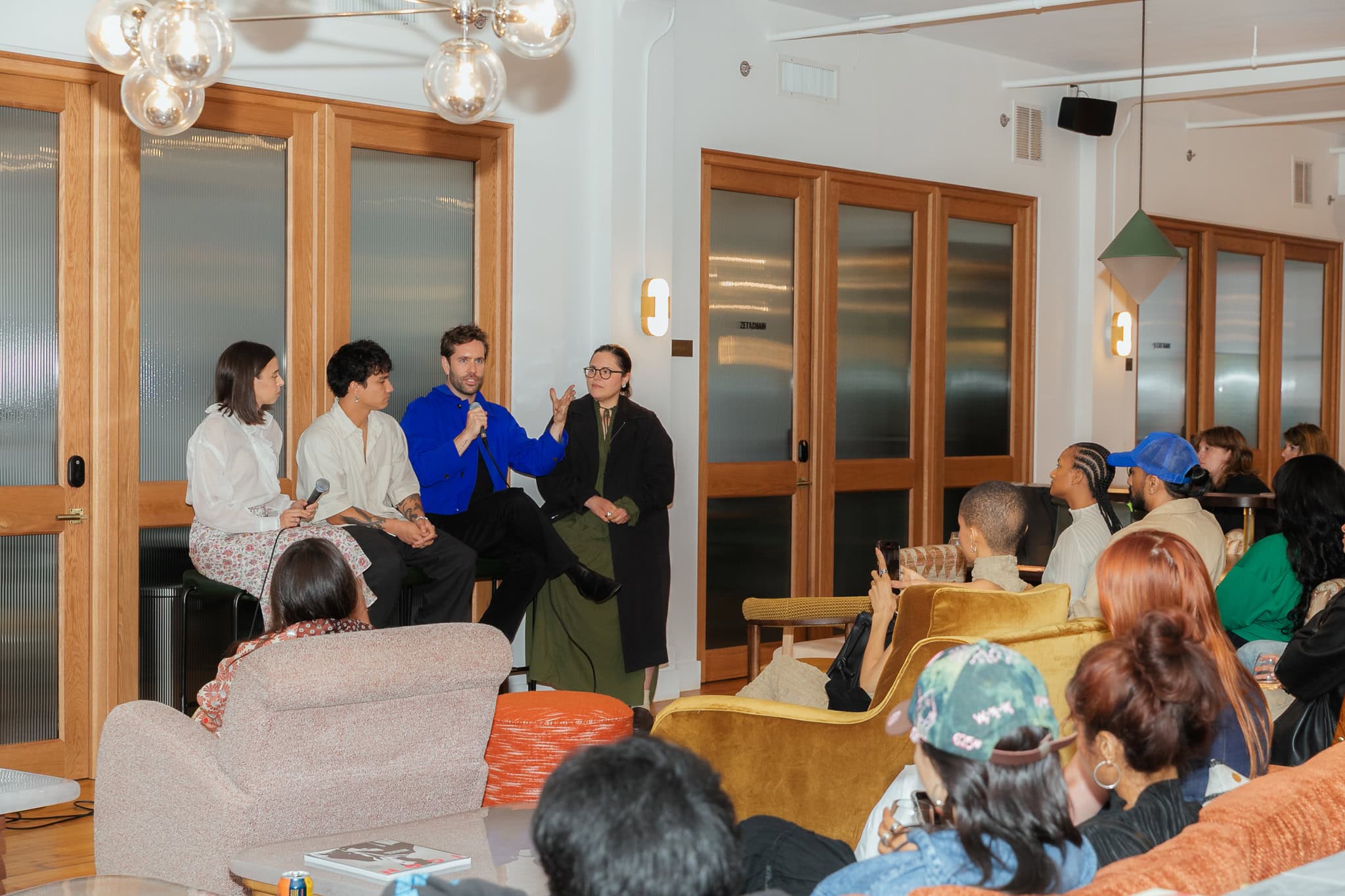
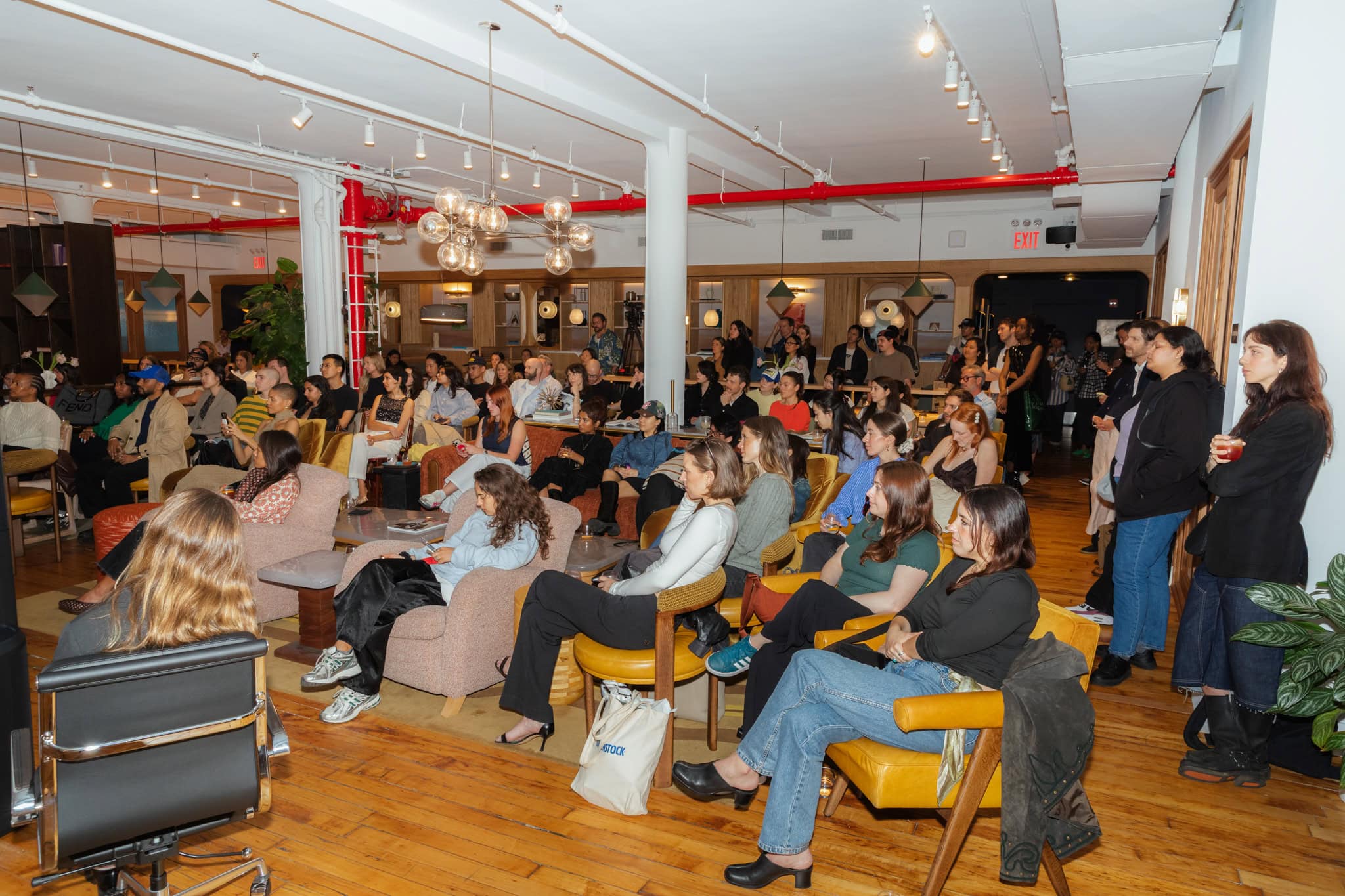
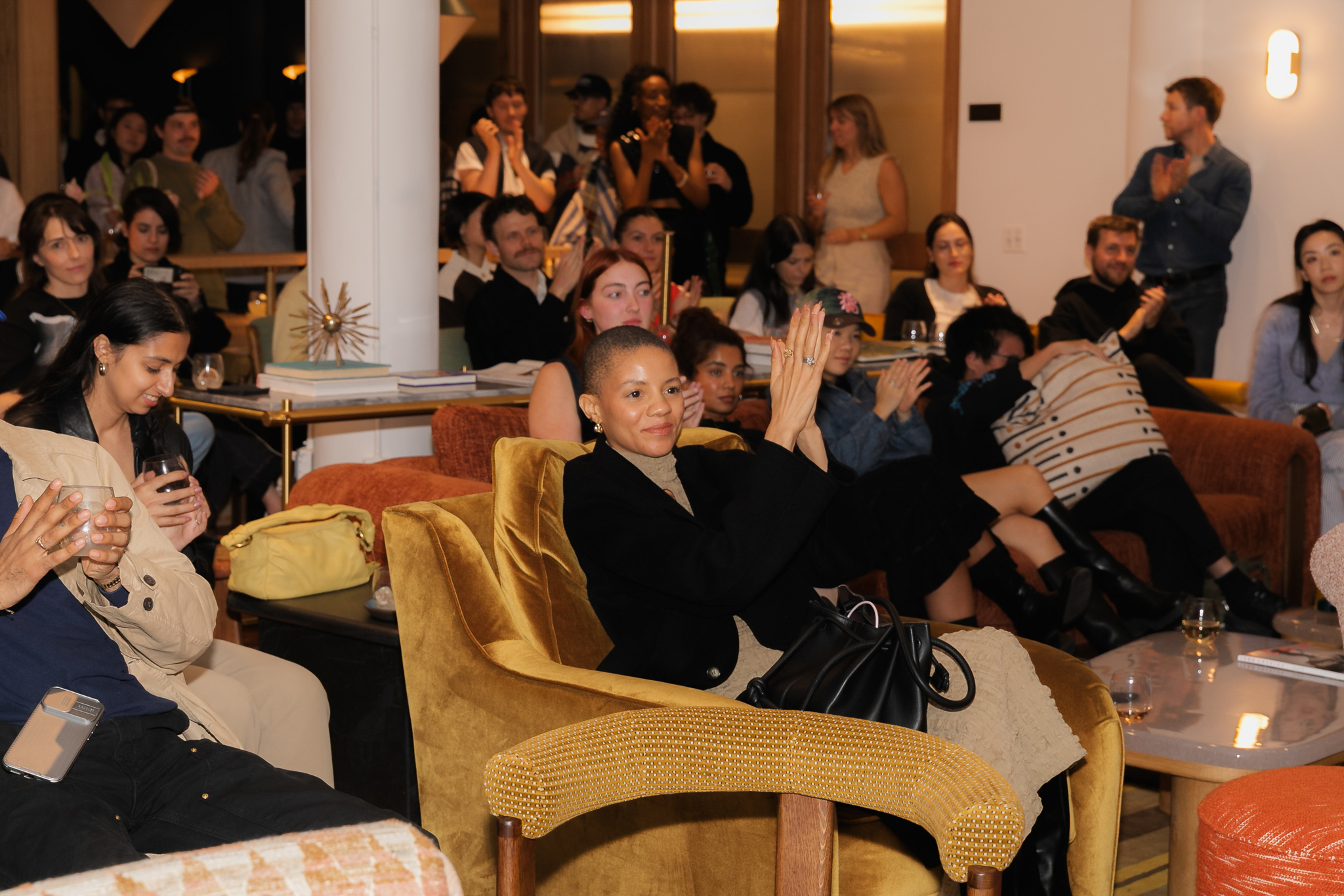
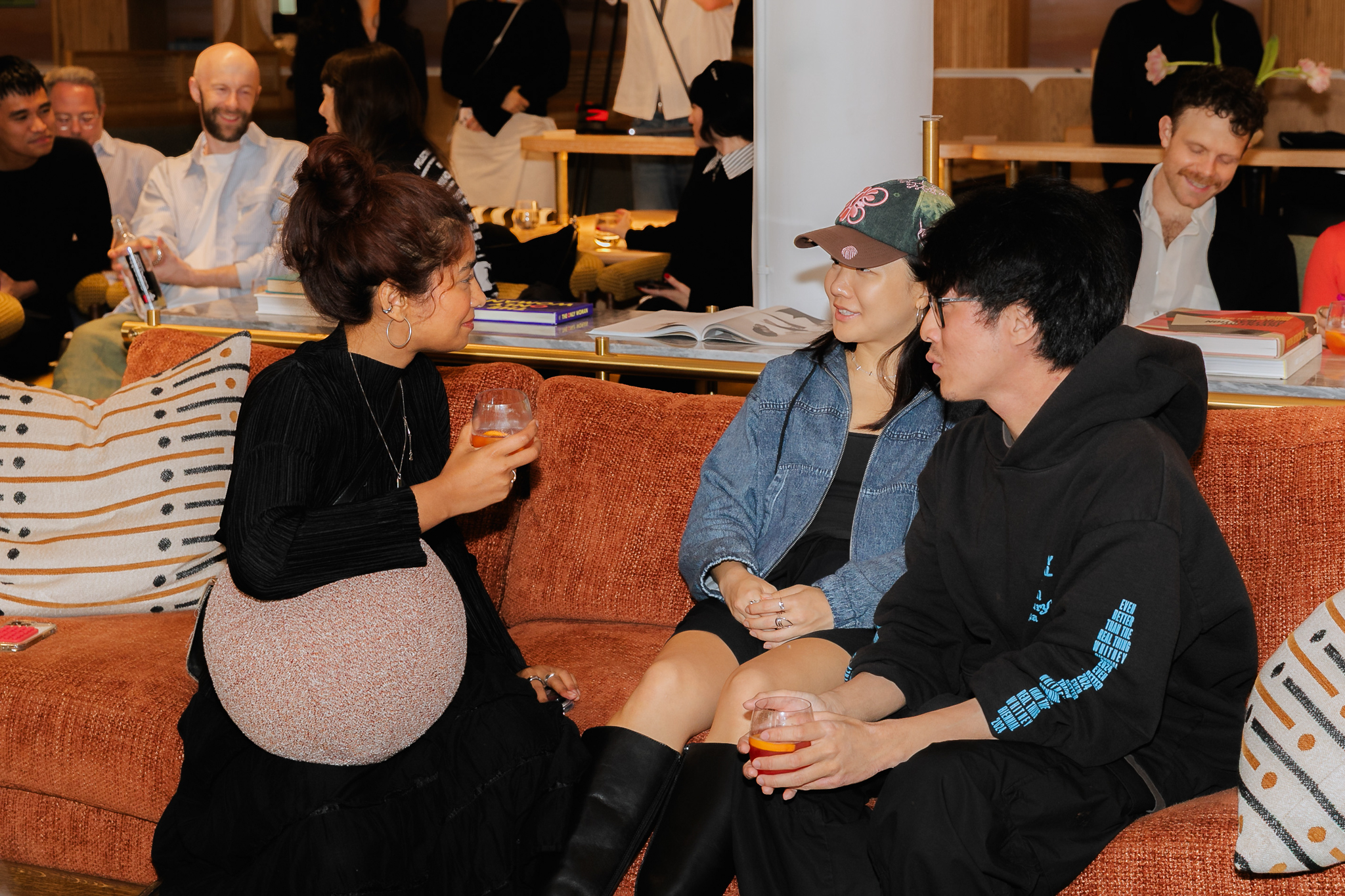
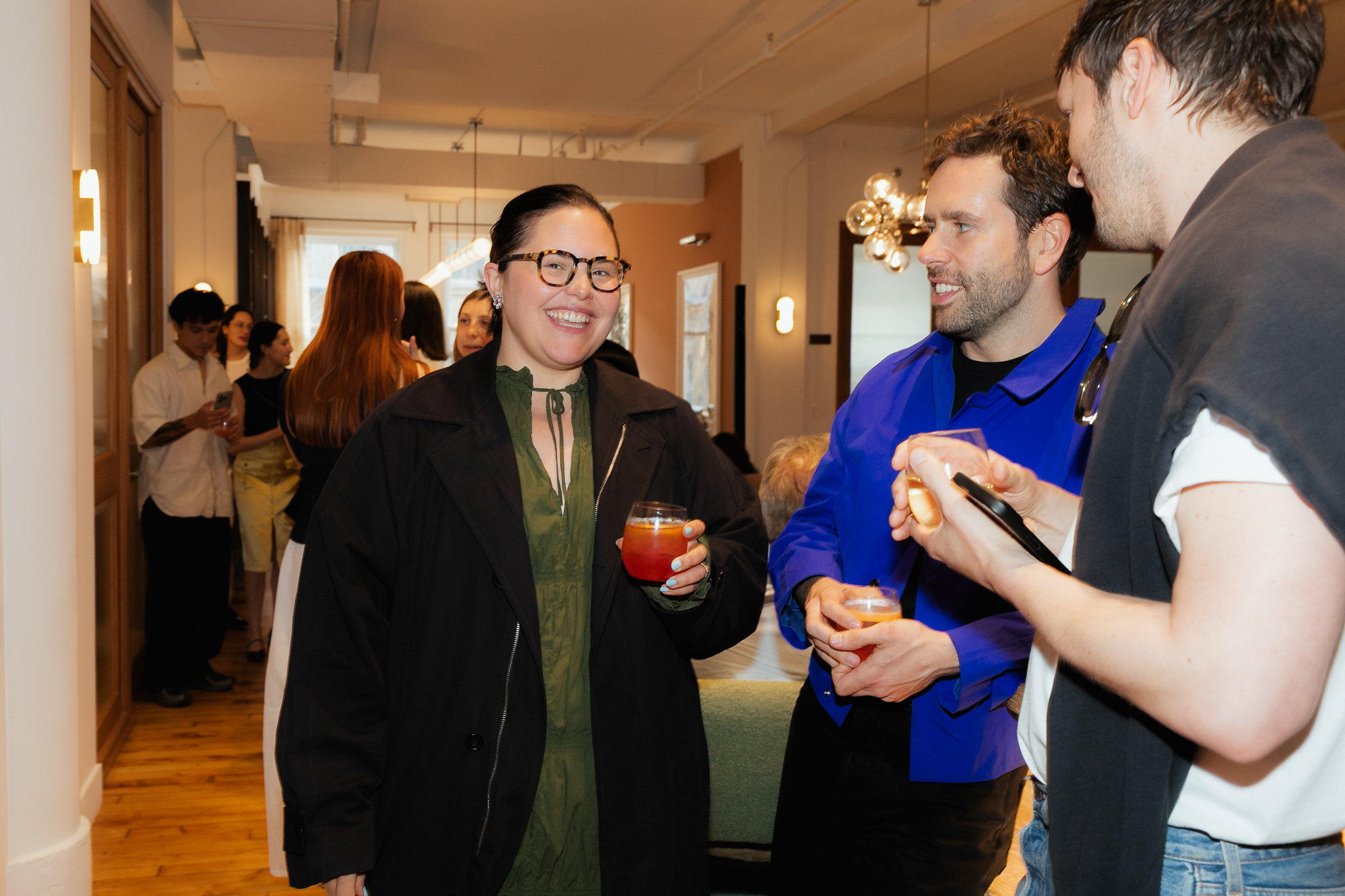
As is typical, the topic of social media trends was broached, and Chozick asked the group to share their insight on the best way to be nimble in our rapidly changing online landscape. Scanlon brought up an IRL example of a quick pivot — the time he and his team helped Khaite make their pandemic-era runway show into a socially distanced, drive-in-movie-esque event. Di Domenico brings up Pantene’s genius response to Alix Earle’s viral complaints about their products, turning it into a larger collaboration and re-owning the narrative. Tan admitted that thinking fast in our social media-paced world is not his strong suit, and he credits the person running the Popeyes X account for their hilariously quippy response to the new Pope (“pope yes”).
As Chozick wrapped up the evening, she asked the three speakers to leave us with their predictions for where brand world-building is headed. Di Domenico mentions utilizing AI to her advantage, teasing an internal software she’s currently working on. In our back-to-IRL world where community is of the utmost importance, Scanlon says he’s actually craving an out-of-the-box website experience from a brand. Tan, a web designer himself, sighs, saying he’s over the elaborate webpages, and is optimistic about physical gatherings as an extension of a brand world.
While Tan, Di Domenico, and Scanlon all have varied experiences working with clients to help them see their visions to fruition, they all have similar perspectives when it comes to the final outcome. Brand worlds are greater than the sum of their parts; the most successful, most alluring brands are the ones where each creative element works together in harmony to produce a living, breathing work of art.
CREDITS
Katie Stone is a brand strategist & freelance writer with expertise in brand direction & positioning, content strategy, copywriting, and community building. She is currently the writer of Plant Based, a weekly newsletter offering her thoughts on the wellness industry. Katie has also contributed to publications like New York Magazine, Vogue, Bustle, and more.
You can follow her on Instagram here.
Photographer: Keith Montero
